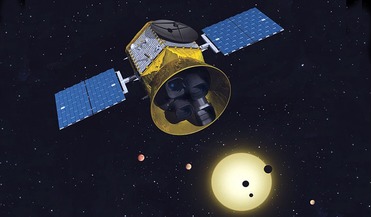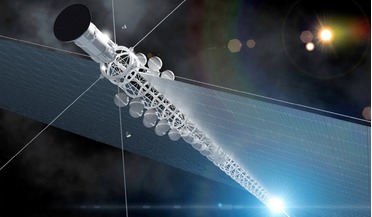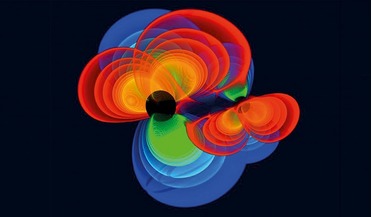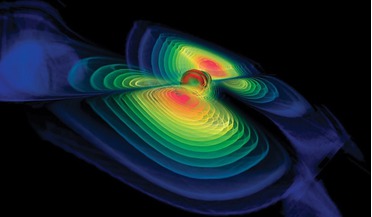 02 January 2018
2017 - What a year!
02 January 2018
2017 - What a year!
2017 was a remarkable year for all things astronomical and for the rocket and satellite industry. We said a sad farewell to one of the most distinguished planetary missions of our time - Cassini. However we also said hello to the first interstellar ...
 29 November 2019
Hera mission is approved as ESA receives biggest ever budget
29 November 2019
Hera mission is approved as ESA receives biggest ever budget
At a two-day ministerial meeting held in Seville, Spain this week, the European Space Agency’s member states approved the most ambitious plan to date by agreeing to provide nearly 12.5 billion euros ($13.8 billion) for the next three years to boost ...
 August 2018
Flying to the stars
August 2018
Flying to the stars
... on rapidly compressing spherical fuel pellets, for example, made out of deuterium and tritium, using particle or laser beams. The particle or laser beams deposit a large amount of energy into the pellet. If the energy leads to sufficiently high...
 April 2019
LISA Pathfinder – paving the way for future studies of the gravitational universe
April 2019
LISA Pathfinder – paving the way for future studies of the gravitational universe
... technology needed to develop future spaceborne gravitational wave detectors. LISA Pathfinder is paving the way for ESA’s Laser Interferometer Space Antenna (LISA), the first gravitational wave observatory in space, planned for launch in the 2030s...
 March 2016
Gravitational waves provide new window on the universe
March 2016
Gravitational waves provide new window on the universe
...at right angles to one another. To test for gravitational waves, a laser is beamed through the cavity and is reflected on a suspended mirror, ... recent years, including the addition of more powerful lasers and using silica fibres on the test masses to...
 April 2018
Developing Mars
April 2018
Developing Mars
... a credible risk of Earth impact. The DE-STAR engineering team has previously characterised the impulse which a fibre laser can impart on a small body [1,2]. Their engineering studies quantify deflection of bodies having varying mass and composition...